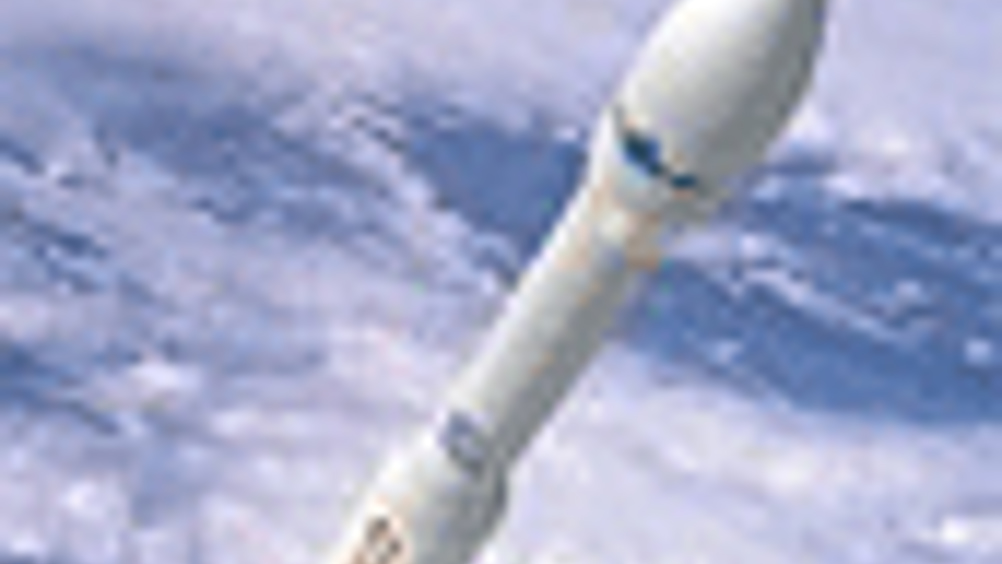Vega passes latest test

The upper composite of ESA’s new small launcher has successfully passed its vibration tests at ESA's European Space Research and Technology Centre (ESTEC).
Vega’s components are built and tested at various locations across
Vega, which is being built by European industry under the leadership of
During the launch of a rocket, vibrations occur due to engine ignition, the thrust of the engines and the high-speed flow of air over the body of the vehicle as it accelerates through the Earth’s atmosphere.
Register now to continue reading
Thanks for visiting The Engineer. You’ve now reached your monthly limit of news stories. Register for free to unlock unlimited access to all of our news coverage, as well as premium content including opinion, in-depth features and special reports.
Benefits of registering
-
In-depth insights and coverage of key emerging trends
-
Unrestricted access to special reports throughout the year
-
Daily technology news delivered straight to your inbox










Klein Vision unveils AirCar production prototype
According to the Klein Vision website, they claim the market for flying cars will be $1.5 trillion by 2040, so at the top end $1 million per unit that...